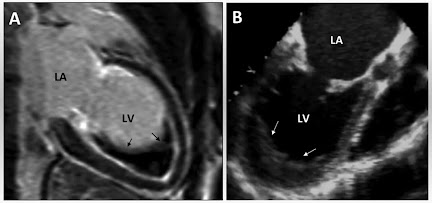Appendicitis
Acute inflammation of the appendix. It is seen most commonly in older children and young adults, and it is uncommon in extremes of age.
Etiopathogenesis : Most often cause of appendicitis is low bulk or cellulose and high protein diet intake. Other cause of appendicitis are obstructive and non-obstructive -
COMPLICATIONS
 |
Etiopathogenesis : Most often cause of appendicitis is low bulk or cellulose and high protein diet intake. Other cause of appendicitis are obstructive and non-obstructive -
A. Obstructive :
- Faecolith
- Calculi
- Foreign body
- Tumour
- Worms (especially Enterobius vermicularis)
- Diffuse lymphoid hyperplasia, especially in children.
B. Non-obstructive :
- Haematogenous spread of generalised infection
- Vascular occlusion
- Inappropriate diet lacking roughage
 |
| Appendicitis |
MORPHOLOGICAL FEATURES
Grossly :
1. Acute appendicitis (early) -
i. The organ is swollen
ii. Serosa shows hyperaemia.
2. Acute suppurative appendicitis (well-developed) -
2. Acute suppurative appendicitis (well-developed) -
i. The serosa is coated with fibrinopurulent exudate.
ii. Engorged vessels on the surface.
3. Acute gangrenous appendicitis (advanced) -
3. Acute gangrenous appendicitis (advanced) -
i. There is necrosis and ulceration of mucosa that extends through the wall, so appendix become soft and friable.
ii. Surface is coated with greenish-black gangrenous necrosis.
Microscopically : Histological criterion is neutrophilic infiltration of the muscularis.
1. In early stage -
i. Acute inflammatory changes.
ii. Congestion and oedema of the appendicial wall.
2. In later stages -
2. In later stages -
i. The mucosa is sloughed off.
ii. The wall become necrotic.
iii. Blood vessels may get thrombosed.
iv. Neutrophilic abscess in the wall.
3. In either case -
i. Impacted foreign body.
You should also know about
CLINICAL FEATURES
- Colicky pain, initially around umbilicus but later localised to right iliac fossa.
- Nausea and vomiting.
- Mild grade fever.
- Abdominal tenderness.
- Increase pulse rate.
- Neutrophilia with toxic granules in neutrophils.
Recurrent acute appendicitis is treated by surgery called appendectomy but after that chronic inflammation maybe observed.
COMPLICATIONS
- Peritonitis - Perforated appendix ( gangrenous appendicitis) may cause localised or generalised peritonitis.
- Appendix abscess - This is due to rupture of an appendix giving rise to localised abscess in the right iliac fossa. This abscess may spread to the liver, diaphragm (subphrenic abscess), urinary bladder and rectum, and in the females may involve uterus and fallopian tubes.
- Adhesions - Late complications of acute appendicitis are fibrous adhesions to the greater omentum, small intestine and other abdominal structures.
- Portal pylephlebitis - Spread of infection into mesenteric vein may produce septic phlebitis and liver abscess.
- Mucocele - Distension of distal appendix by mucus following recovery from an attack of acute appendicitis called mucocele. An infected mucocele may result in formation of empyema of the appendix. It occur due to generally proximal obstruction but some time may be due to a benign or malignant neoplasm in the appendix.
Related Posts -







No comments:
Post a Comment
Please do not enter any spam link in the comment box